Fleurs du Mal Magazine


Or see the index
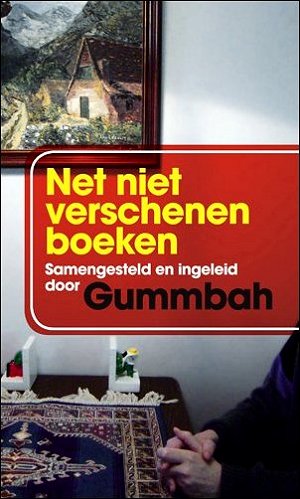
G U M M B A H
Net niet verschenen boeken
Naar schatting liggen er wereldwijd een miljoen net niet verschenen boeken opgeslagen, die uitsluitend bestaan in dummy-vorm. Gummbah is al jaren geïnteresseerd in deze weeskinderen van het boekenvak en geeft sinds 1985 lichtbeeldlezingen waarbij hij via klassiekers als Een lelijke homo heeft geen reet aan zijn kont, Op het kerkhof der waanzin waaien winden het hardst en Borduren met gebalde vuisten een indruk geeft van de vaak bizarre wereld van het onverschenen boek. Deze verzameling is een volstrekt willekeurige, maar ruime keuze uit fragmenten, passages en flapteksten, die beslist voor het nageslacht behouden moeten blijven.
Net niet verschenen boeken, De Harmonie 2010

Biografie
Gummbah (Gertjan van Leeuwen, Nieuwaal, 1967)
Gummbah studeerde Journalistiek in Tilburg. In 1993 besloot hij zijn strips en cartoons in eigen beheer uit te geven. Het geheel door hemzelf volgetekende tijdschrift God werd enthousiast ontvangen en bracht hem in contact met Uitgeverij De Harmonie. Voor die tijd had hij al gepubliceerd in stripbladen als Zone 5300 en Sick.
In 1994 debuteerde Gummbah in Humo met cartoons over het wereldkampioenschap voetbal. Na Humo volgden de Volkskrant, Cabaret, Boekblad, Nieuwe Revu, enkele Duitse tijdschriften en het Engelse blad Prospect.
Gummbah treedt ook op met een diashow. Terwijl zelf ontworpen boekomslagen van net niet verschenen boeken op een diascherm worden geprojecteerd, leest hij fragmenten uit de betreffende titels.
Met Hans Teeuwen en Pieter Bouwman trad hij op met de theater- en tv-voorstelling Poelmo.
Samen met een aantal vrienden, waaronder Jeroen de Leijer (tekenaar van Eefje Wentelteefje), richtte Gummbah de Bond tegen Humor op, met het eigen tijdschrift De Bedenkelijk Kijkende Grondeekhoorn.
Gummbah’s kracht ligt in de uitstekende combinatie van tekening en tekst.
Gummbah woont en werkt in Tilburg.
Gummbah in zijn eigen woorden:
In een interview omschreef Gummbah zijn jeugd eens treffend als ‘een voorgekookte, kolkende soep van botsende eventualiteiten’. Het gehucht Nieuwaal, waar hij op een late avond, nog nét in de topmaand juli ter wereld kwam, wordt door de nabijgelegen dorpen al eeuwenlang met argusogen bekeken vanwege de adembenemend bloothartige wijze waarop de inwoners de werkelijkheid hanteerbaar weten te maken door haar zachtjes om te duwen of verbaal te strelen als was zij een harig kleinood. In deze barokke cocon van spitsvondigheid, hoe muf die ook rook, voelde Gummbah zich thuis alsof hij plompverloren in een warm bad geworpen was.
Het tekenen zat hem van meet af aan in het bloed en hij ontwikkelde zich in razend tempo tot een poignante buitenstaander die nog slechts via zijn prentjes communiceerde met een allengs wanhopiger wordende, zwetende omgeving. Onderwerpen als de schaduwzijde van verveling, dood, ziekte (eczeem), tijdrovende obsessies, de inwendige mens en overbodige huisdieren eisten langzaam maar zeker een hoofdrol op, hoe jong de kleine ‘graficus’ in al zijn twijfelachtige onschuld ook was. Niet dat het veel om het lijf had, dat jeugdwerk, nee, dat niet, maar het rijpingsproces was in gang gezet, en dat is ook wat waard.
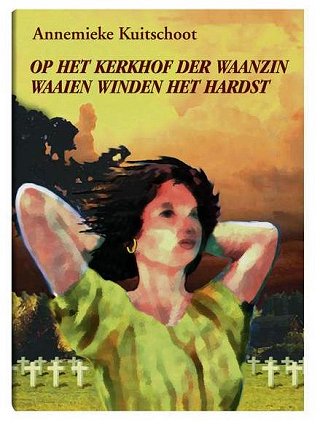
Terwijl de ontwikkeling van pasgeboren patjakker tot voldragen kunstvrucht gewoon doorging, doorliep Gummbah met succes achtereenvolgens de School met de Bijbel, de mavo en de havo. Op negentienjarige leeftijd verliet hij zijn geboortedorp en schreef zich in aan de Tilburgse Academie voor Journalistiek. Een periode vol weemoedig uit het raam staren met een glas absinth in de knuisten en een tekenblok op de knieën nam een aanvang, in 1993 resulterend in de oprichting van het eenmanstijdschrift God. Een blad dat al snel de aandacht trok van Uitgeverij De Harmonie. In 1994 verscheen dan ook onvermijdelijk De verbaasde analfabeet, Gummbah’s eerste album, en debuteerde hij in HUMO met onnodig kritische cartoons over het wereldkampioenschap voetbal in de Verenigde Staten, op de voet gevolg door publicaties in de Volkskrant, Nieuwe Revu en een minuscuul aantal buitenlandse periodieken, waaronder Prospect en Titannic.
Toen hij in 1998, halfdronken gelegen naast een Spaans zwembad, de Bond tegen Humor in het leven riep, moe van de overdaad aan humor op de wereld, stonden Nederland en België gebroederlijk op de achterste benen. Humor bleek een heilig huisje, maar in het gezelschap van een trosje believers trok hij zo wulps ten strijde dat de bond een jaar later reeds met een gerust hart ten grave kon worden gedragen.
De vele Bond tegen Humor-lezingen in den lande smaakten echter naar meer en in 2000 beklom hij opnieuw de planken met een diapresentatie van onverschenen boeken. Op een graftoon leest hij fragmenten voor uit boeken als Kaas voor een hoerenjong, Borduren met gebalde vuisten, Een lelijke homo heeft geen reet aan zijn kont, Hengst aan het heelal, Romp met nergens armen en Onbegrijpelijke boswandelingen, die om uiteenlopende redenen nooit mochten of konden verschijnen. ‘Gummbah is ook in het theater op zijn plaats’, kopte de Volkskrant maar meteen en daar zit zonder meer een flinke kern van waarheid in.
Nog datzelfde jaar (2000 dus. Zie boven) besteeg hij tevens, geflankeerd door uit bijna alle poriën grootheid wasemenden sujetten als Hans Teeuwen en Pieter Bouwman, doodgemoedereerd het podium van Het Betty Asfalt Complex te Amsterdam. De optredens, steeds voor laaiend enthousiaste, halfgevulde zalen, trokken de aandacht van de VPRO , die de hele mikmak vanaf januari 2002 uitzond onder de alles-, maar tegelijk ook nietszeggende titel Poelmo, slaaf van het zuiden.
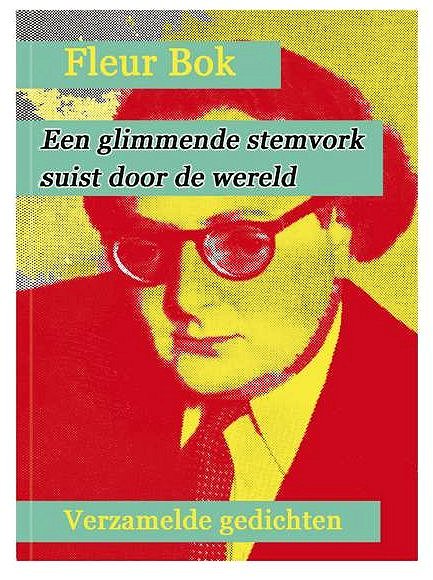
Uitgaven bij de Harmonie:
Cartoons
Hoe Eddie in balbezit kwam, 1997
De tijd vliegt slecht, 1998
Het Geheim van het Verdwenen Mysterie, 1999
Een kalfslederen onderbroek, 2001
Echte nachten stugge vachten, 2002
Neksnor, 2004
Daar gaat Fout Varken!, 2006
Op de camping, 2007
Meanwhile, between two eternities of darkness, 2008
Deirdre, 2010
Net niet verschenen boeken, 2010
fleursdumal.nl magazine
More in: - Book News, Exhibition Archive, Gummbah

.jpg)





.jpg)
.jpg)
.jpg)

Ton van Kempen photos
Dutch landscape: Trees
September 13, 2010
KEMP=MAG, kempis poetry magazine
More in: Dutch Landscapes, Ton van Kempen Photos
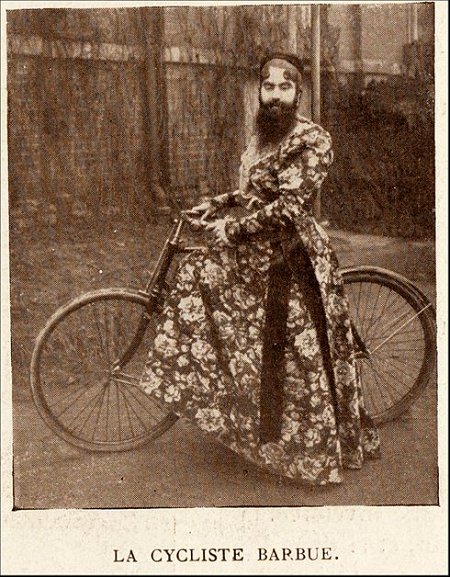
Camera obscura:
La cycliste barbue
fleursdumal.nl magazine
More in: Camera Obscura
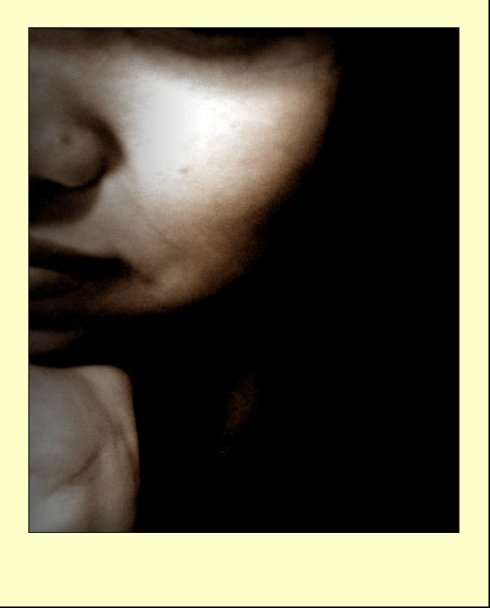
A case of identity:
Beatrice
jef van kempen 2010
fleursdumal.nl magazine
More in: Jef van Kempen Photos & Drawings, Photography
.jpg)

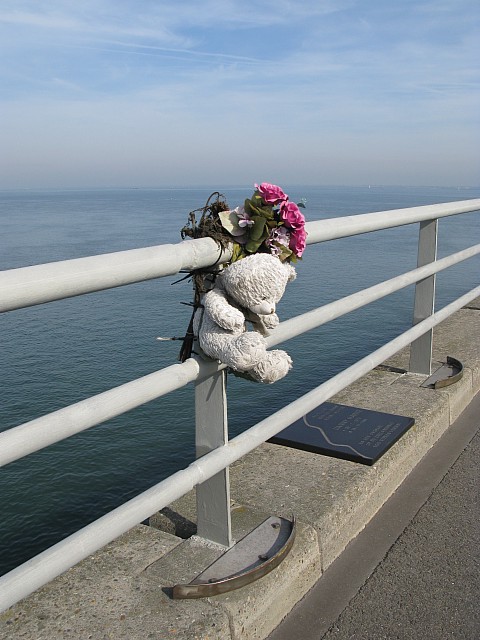

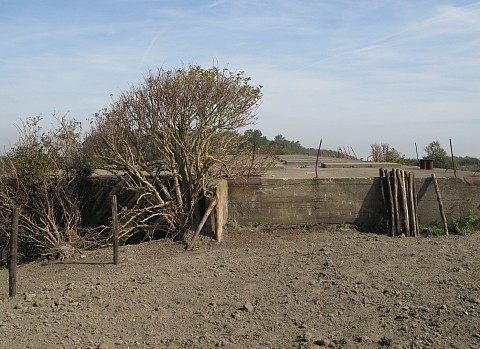
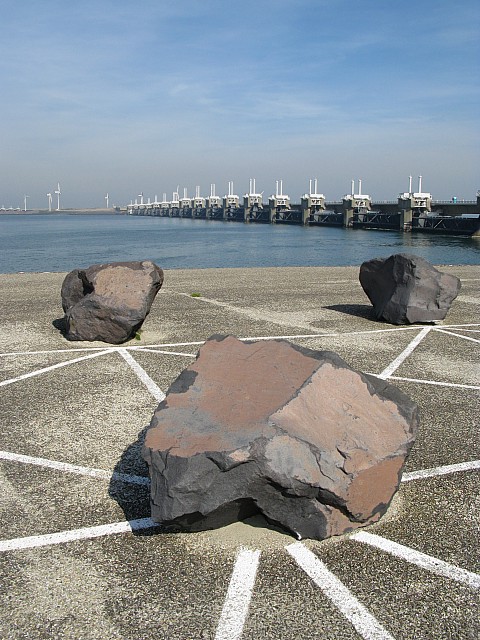

Peter Goires photos: Dutch landscape
Zeeland, September 2010
kempis poetry magazine
More in: Dutch Landscapes, Peter Goires Photos
.jpg)
.jpg)
.jpg)
.jpg)
.jpg)
.jpg)
.jpg)
.jpg)
Umbrella: A collapsible shade for protection against weather consisting of fabric stretched over hinged ribs radiating from a central pole; especially : a small one for carrying in the hand. A portable, hand-held device that is used for protection against rain and sunlight. The modern umbrella consists of a circular fabric or plastic screen stretched over hinged ribs that radiate from a central pole. The hinged ribs permit the screen to be opened and closed so that the umbrella can be carried with ease when not in use. Umbrellas in ancient Egypt, Mesopotamia, China, and India were used to protect important persons from the sun. They were often large and held by bearers, and they served as marks of honour and authority for the wearer. The ancient Greeks helped introduce umbrellas into Europe as sunshades, and the Romans used them to protect against rain. The use of umbrellas disappeared in Europe during the Middle Ages but had reappeared in Italy by the late 16th century, where they were regarded as marks of distinction for the pope and clergy. By the 17th century the use of the umbrella had spread to France, and by the 18th century umbrellas were common throughout Europe. A small, dainty umbrella used for shading women’s faces from the sun became known as a parasol and was a standard element of fashionable women’s outdoor attire in the 18th and 19th centuries. The traditional construction of umbrellas using cane ribs was replaced in the 1850s by modern umbrellas using a very light but strong steel frame. Men in the West began carrying umbrellas for personal use in the mid-19th century. Men’s umbrellas were generally black, but in the 20th century men’s as well as women’s umbrellas were made in a variety of bright and colourful designs.
Joep Eijkens photos
fleursdumal.nl magazine
More in: Joep Eijkens Photos
.jpg)
.jpg)
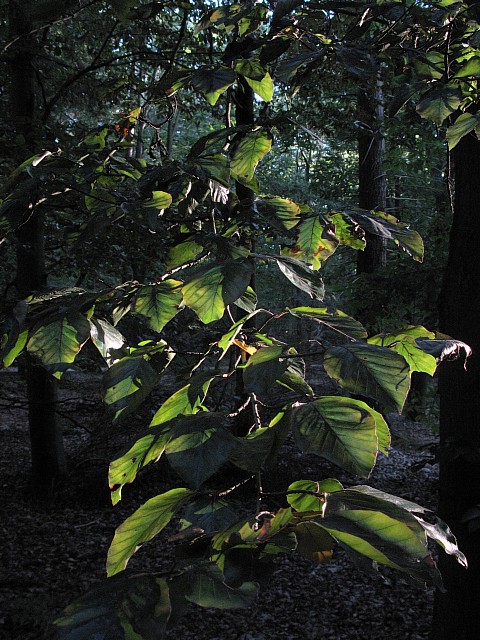

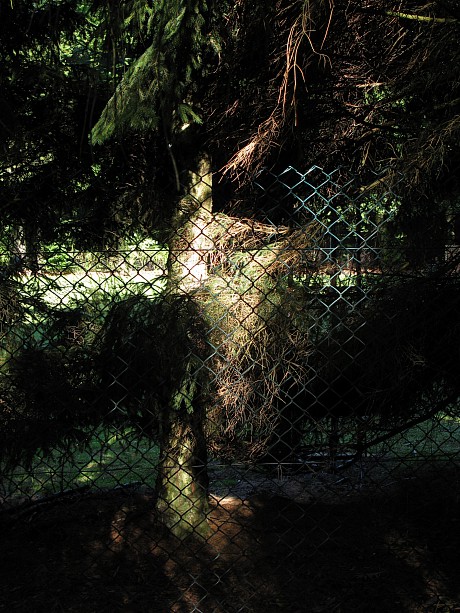
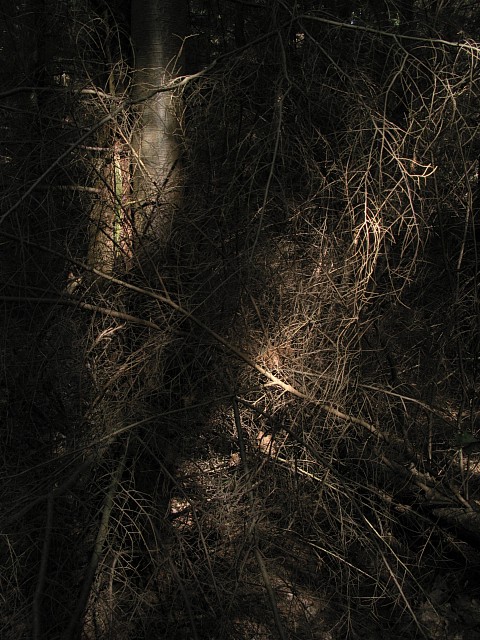

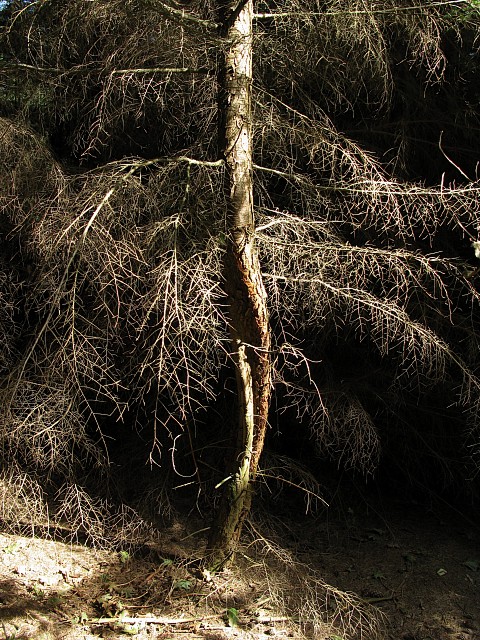

Ton van Kempen photos
Trees (Dutch landscape)
September 6, 2010
KEMP=MAG, kempis poetry magazine
More in: Dutch Landscapes, Ton van Kempen Photos
.jpg)
Historische Ansicht, 1909, Druck der Eckert & Plug
Kunstanstalt Leipzig; Spinnerei archiv
.jpg)
.jpg)
.jpg)
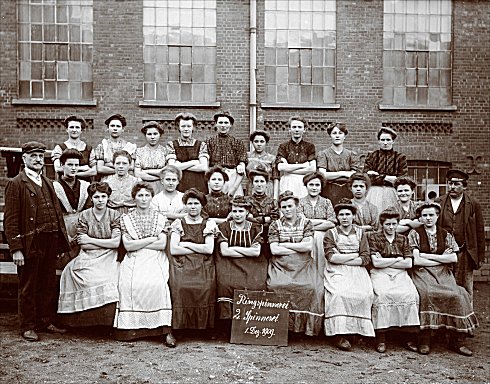
Arbeiterinnen der 2. Spinnerei, 1909; Spinnerei Archiv
.jpg)
Spinnerei Neonreklame; Uwe Walter; 2006
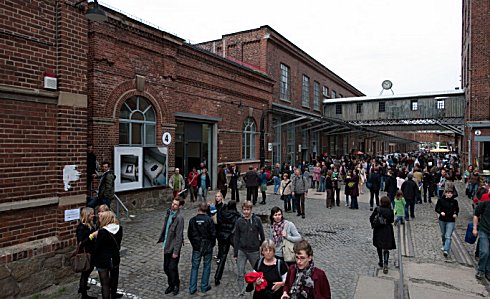
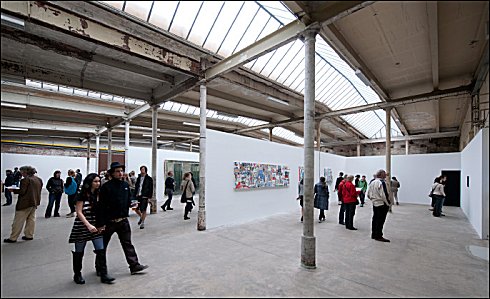
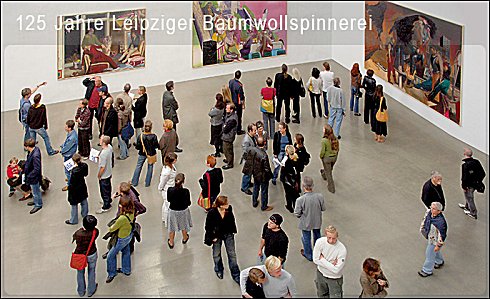
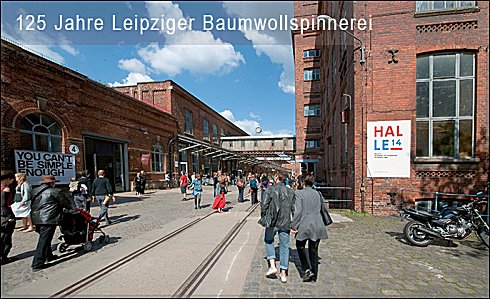
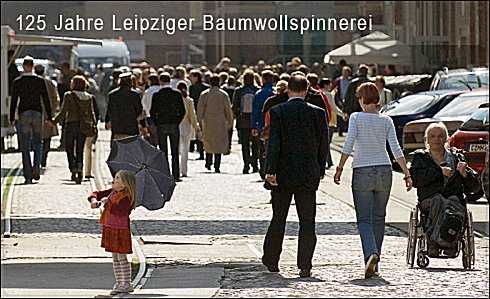
Spinnerei Leipzig
from cotton to culture
Vor über 125 Jahren kaufte die Leipziger Baumwollspinnerei Aktiengesellschaft ein Grundstück von ca. 10 ha Größe im Leipziger Westen und errichtete darauf bis zum Jahre 1907 die größte Baumwollspinnerei Kontinentaleuropas. Diese faszinierende Fabrikstadt mit Arbeiterwohnungen, Gartensiedlung und eigenem Kindergarten ist heute noch komplett erhalten. Seit der Abwicklung der Baumwollgarnproduktion 1992 ist der Ort einem ständigen Wandel unterzogen. Vor allem Künstler, von denen mittlerweile über 100 ihre Ateliers in der Spinnerei haben, waren die Pioniere der Wiederbelebung. Darunter auch internationale Größen wie Neo Rauch, die noch heute hier arbeiten.
Neben den Künstlern konnte man Musiker, Tänzer, Handwerker, Architekten, Händler, Drucker und Designer und viele andere Gewerke für die Spinnerei begeistern. Als ein Zentrum der Kunstproduktion bekannt, gelang es der Spinnerei Ende 2004 die Aufmerksamkeit der Leipziger Galeristen auf sich zu ziehen. 2005 eröffneten 6 Leipziger Galerien ihre neuen Ausstellungsflächen in der Spinnerei. Allen voran die Galerie EIGEN + ART in der spektakulären Fläche der ehemaligen Dampfmaschinenhalle. Das zunehmende internationale Interesse an der Leipziger Kunst lockte weitere Akteure auf das Areal. Mittlerweile sind 14 Galerien und Ausstellungsflächen, darunter die Galería Hilario Galguera aus Mexiko City, in der Spinnerei heimisch geworden und bilden gemeinsam mit den Künstlern und der gemeinnützigen Halle 14 einen „Kosmos der Kunst“, der weltweit seinesgleichen sucht. Kaum eine andere große Fabrikanlage, die kommerziell revitalisiert wurde, bietet ein derartig breites Angebot für ein kunstinteressiertes Publikum und bleibt dabei gleichzeitig
Heimat für viele Künstler und andere Freiberufler.
Diese vielen kreativen Bewohner beseelen eine authentische historische Fabrikanlage mit zeitgenössischen Inhalten.
„Dort sieht und hört der Aufmerksame soviel, als er zu einem ganzen Roman braucht.“
Aus der Firmenchronik, 1902
![]()
fleursdumal.nl magazine for art & literature
More in: FDM Art Gallery, Galerie Deutschland

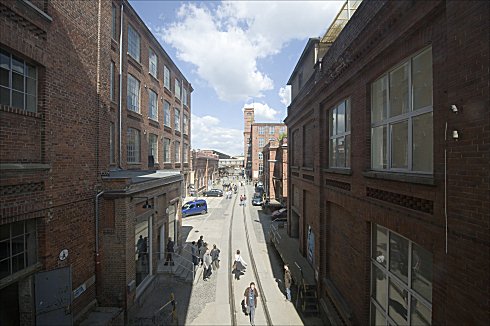
Exposition Leo Kogan in the Spinnerei in Leipzig
A large part of the Windows of Opportunity installation is exhibited at the
Spinnerei in Leipzig, Germany
from September 10 until September 24th. 2010
The Spinnerei is a studio/gallery/art complexand the creative factory of
the Leipzig School artists
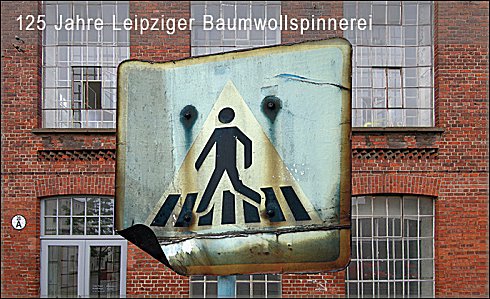
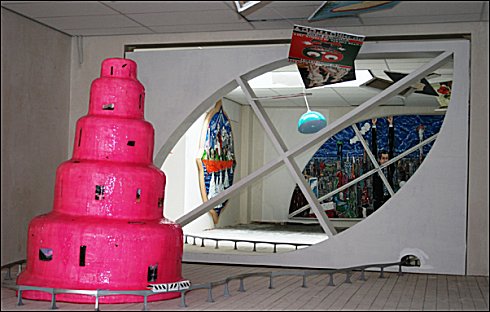
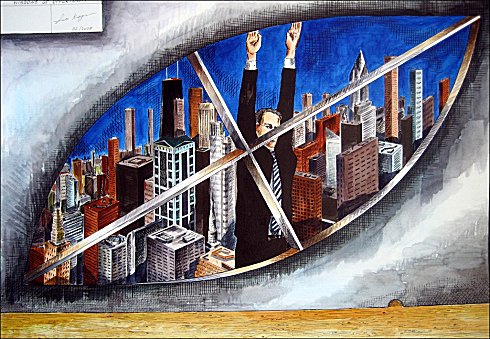
Leo Kogan: Windows of opportunity
Spinnerei
Spinnereistraße 7
Hall 18, 2nd floor
Leipzig
Websites:
► liap
►spinnerei
►leo kogan
fleurdeumal.nl magazine – magazine for art & literature
More in: Leo Kogan Drawings
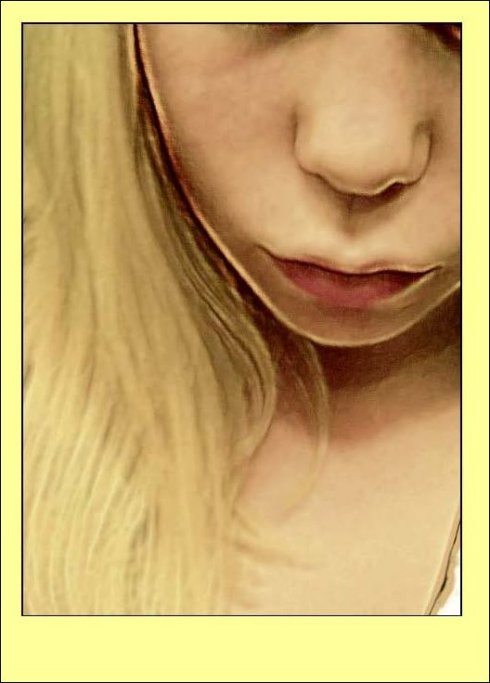
A case of identity:
Julia
jef van kempen 2010
fleursdumal.nl magazine
More in: Jef van Kempen Photos & Drawings, Photography
.jpg)






Peter Goires photos 2010
A27 (2)
kempis poetry magazine
More in: Peter Goires Photos
.jpg)
Mark Twain
(1835-1910)
Post-Mortem Poetry
In Philadelphia they have a custom which it would be pleasant to see adopted throughout the land. It is that of appending to published death-notices a little verse or two of comforting poetry. Any one who is in the habit of reading the daily Philadelphia Ledger, must frequently be touched by these plaintive tributes to extinguished worth. In Philadelphia, the departure of a child is a circumstance which is not more surely followed by a burial than by the accustomed solacing poesy in the Public Ledger. In that city death loses half its terror because the knowledge of its presence comes thus disguised in the sweet drapery of verse. For instance, in a late Ledger I find the following (I change the surname):
“Died
“Hawks.—On the 17th inst., Clara, the daughter of Ephraim and Laura Hawks, aged 21 months and 2 days.
“That merry shout no more I hear,
No laughing child I see,
No little arms are round my neck,
No feet upon my knee;
No kisses drop upon my cheek,
These lips are sealed to me.
Dear Lord, how could I give Clara up
To any but to Thee?”
A child thus mourned could not die wholly discontended. From the Ledger of the same date I make the following extract, merely changing the surname, as before:
“Becket.—On Sunday morning, 19th inst., John P., infant son of George and Julia Becket, aged 1 year, 6 months, and 15 days.
“That merry shout no more I hear,
No laughing child I see,
No little arms are round my neck,
No feet upon my knee;
No kisses drop upon my cheek,
These lips are sealed to me.
Dear Lord, how could I give Johnnie up
To any but to Thee?”
The similarity of the emotions as produced in the mourners in these two instances is remarkably evidenced by the singular similarity of thought which they experienced, and the surprising coincidence of language used by them to give it expression.
In the same journal, of the same date, I find the following (surname suppressed, as before):
“Wagner.—On the 10th inst., Ferguson G., the son of William L. and Martha Theresa Wagner, aged 4 weeks and 1 day.
“That merry shout no more I hear,
No laughing child I see,
No little arms are round my neck,
No feet upon my knee;
No kisses drop upon my cheek,
These lips are sealed to me.
Dear Lord, how could I give Ferguson up
To any but to Thee?”
It is strange what power the reiteration of an essentially poetical thought has upon one’s feelings. When we take up theLedger and read the poetry about little Clara, we feel an unaccountable depression of the spirits. When we drift further down the column and read the poetry about little Johnnie, the depression of spirits acquires an added emphasis, and we experience tangible suffering. When we saunter along down the column further still and read the poetry about little Ferguson, the word torture but vaguely suggests the anguish that rends us.
In the Ledger (same copy referred to above) I find the following (I alter surname, as usual):
“Welch.—On the 5th inst., Mary C. Welch, wife of William B. Welch, and daughter of Catharine and George W. Markland, in the 29th year of her age.
“A mother dear, a mother kind,
Has gone and left us all behind.
Cease to weep, for tears are vain,
Mother dear is out of pain.
“Farewell, husband, children dear,
Serve thy God with filial fear,
And meet me in the land above,
Where all is peace, and joy, and love.”
What could be sweeter than that? No collection of salient facts (without reduction to tabular form) could be more succinctly stated than is done in the first stanza by the surviving relatives, and no more concise and comprehensive programme of farewells, post-mortuary general orders, etc., could be framed in any form than is done in verse by deceased in the last stanza. These things insensibly make us wiser and tenderer, and better. Another extract:
“Ball.—On the morning of the 15th inst, Mary E., daughter of John and Sarah F. Ball.
“’Tis sweet to rest in lively hope
That when my change shall come
Angels will hover round my bed,
To waft my spirit home.”
The following is apparently the customary form for heads of families:
“Burns.—On the 20th inst., Michael Burns, aged 40 years.
“Dearest father, thou hast left us,
Here thy loss we deeply feel;
But ’tis God that has bereft us,
He can all our sorrows heal.
“Funeral at 2 o’clock sharp.”
There is something very simple and pleasant about the following, which, in Philadelphia, seems to be the usual form for consumptives of long standing. (It deplores four distinct cases in the single copy of the Ledger which lies on the Memoranda editorial table):
“Bromley.—On the 29th inst., of consumption, Philip Bromley, in the 50th year of his age.
“Affliction sore long time he bore,
Physicians were in vain—
Till God at last did hear him mourn,
And eased him of his pain.
“The friend whom death from us has torn,
We did not think so soon to part;
An anxious care now sinks the thorn
Still deeper in our bleeding heart.”
This beautiful creation loses nothing by repetition. On the contrary, the oftener one sees it in the Ledger, the more grand and awe-inspiring it seems.
With one more extract I will close:
“Doble.—On the 4th inst., Samuel Peveril Worthington Doble, aged 4 days.
“Our little Sammy’s gone,
His tiny spirit’s fled;
Our little boy we loved so dear
Lies sleeping with the dead.
“A tear within a father’s eye,
A mother’s aching heart,
Can only tell the agony
How hard it is to part.”
Could anything be more plaintive than that, without requiring further concessions of grammar? Could anything be likely to do more towards reconciling deceased to circumstances, and making him willing to go? Perhaps not. The power of song can hardly be estimated. There is an element about some poetry which is able to make even physical suffering and death cheerful things to contemplate and consummations to be desired. This element is present in the mortuary poetry of Philadelphia degree of development.
The custom I have been treating of is one that should be adopted in all the cities of the land.
It is said that once a man of small consequence died, and the Rev. T. K. Beecher was asked to preach the funeral sermon—a man who abhors the lauding of people, either dead or alive, except in dignified and simple language, and then only for merits which they actually possessed or possess, not merits which they merely ought to have possessed. The friends of the deceased got up a stately funeral. They must have had misgivings that the corpse might not be praised strongly enough, for they prepared some manuscript headings and notes in which nothing was left unsaid on that subject that a fervid imagination and an unabridged dictionary could compile, and these they handed handed to the minister as he entered the pulpit. They were merely intended as suggestions, and so the friends were filled with consternation when the minister stood up in the pulpit and proceeded to read off the curious odds and ends in ghastly detail and in a loud voice! And their consternation solidified to petrification when he paused at the end, contemplated the multitude reflectively, and then said, impressively:
“The man would be a fool who tried to add anything to that. Let us pray!”
And with the same strict adhesion to truth it can be said that the man would be a fool who tried to add anything to the following transcendent obituary poem. There is something so innocent, so guileless, so complacent, so unearthly serene and self-satisfied about this peerless “hogwash,” that the man must be made of stone who can read it without a dulcet ecstasy creeping along his backbone and quivering in his marrow. There is no need to say that this poem is genuine and in earnest, for its proofs are written all over its face. An ingenious scribbler might imitate it after a fashion, but Shakespeare himself could not counterfeit it. It is noticeable that the country editor who published it did not know that it was a treasure and the most perfect thing of its kind that the storehouses and museums of literature could show. He did not dare to say no to the dread poet—for such a poet must have been something of an apparition—but he just shovelled it into his paper anywhere that came handy, and felt ashamed, and put that disgusted “Published by Request” over it, and hoped that his subscribers would overlook it or not feel an impulse to read it:
“(Published by request)
“Lines
‘Composed on the death of Samuel and Catharine Belknap’s children
“By M. A. Glaze
“Friends and neighbors all draw near,
And listen to what I have to say;
And never leave your children dear
When they are small, and go away.
“But always think of that sad fate,
That happened in year of ’63;
Four children with a house did burn,
Think of their awful agony.
“Their mother she had gone away,
And left them there alone to stay;
The house took fire and down did burn,
Before their mother did return.
“Their piteous cry the neighbors heard,
And then the cry of fire was given;
But, ah! before they could them reach,
Their little spirits had flown to heaven.
“Their father he to war had gone,
And on the battle-field was slain;
But little did he think when he went away,
But what on earth they would meet again.
“The neighbors often told his wife
Not to leave his children there,
Unless she got someone to stay,
And of the little ones take care.
“The oldest he was years not six,
And the youngest only eleven months old,
But often she had left them there alone,
As, by the neighbors, I have been told.
“How can she bear to see the place.
Where she so oft has left them there,
Without a single one to look to them,
Or of the little ones to take good care.
“Oh, can she look upon the spot,
Whereunder their little burnt bones lay,
But what she thinks she hears them say,
‘’Twas God had pity, and took us on high.’
“And there may she kneel down and pray,
And ask God her to forgive;
And she may lead a different life
While she on earth remains to live.
“Her husband and her children too,
God has took from pain and woe.
May she reform and mend her ways,
That she may also to them go.
“And when it is God’s holy will,
O, may she be prepared
To meet her God and friends in peace,
And leave this world of care.”
.jpg)
Mark Twain short stories
kempis poetry magazine
More in: Archive S-T, Galerie des Morts, Twain, Mark
Thank you for reading Fleurs du Mal - magazine for art & literature